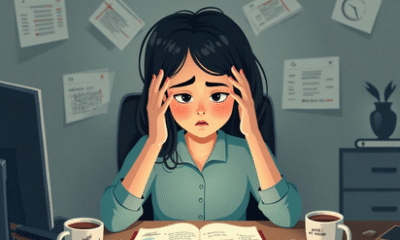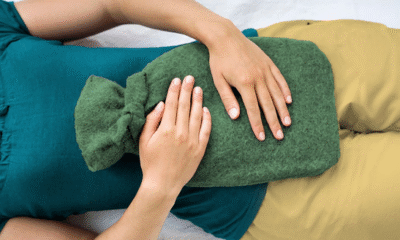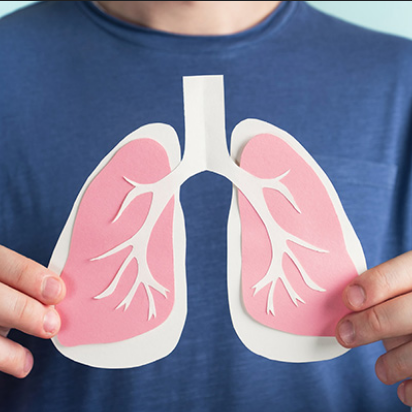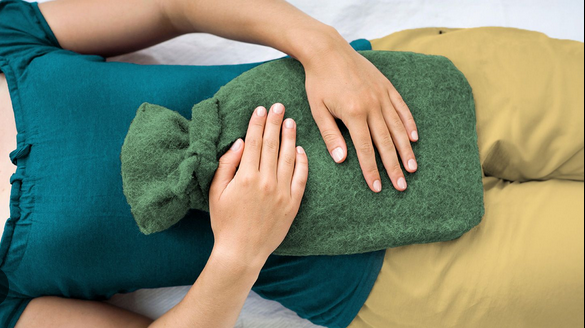After a long day, many people skip showering before bed, thinking it’s no big deal. But what you carry into your sheets — sweat, dust, pollutants, and germs — can do more harm than you realize. Over time, this poor hygiene habit may lead to real health problems. Here are 7 diseases and conditions that can develop when you don’t shower before going to bed……CONTINUE READING
1. Fungal Infections
When you sleep with sweat and grime on your body, you’re creating the perfect environment for fungi to thrive. This can lead to infections like athlete’s foot, ringworm, and jock itch.
2. Acne and Skin Breakouts
Your skin collects oil, pollution, and bacteria throughout the day. Lying in bed with all that on your skin clogs pores and causes acne, especially on your face, back, and chest.
3. Allergic Reactions
Pollen, dust, and pet dander cling to your skin and hair. Going to bed without washing them off can trigger allergies or worsen asthma symptoms while you sleep.
4. Skin Irritation and Rashes
Dirty skin can cause itching, irritation, and contact dermatitis. Sweat mixed with dirt can also cause heat rash, especially in humid environments like Nigeria.
5. Body Odor and Bacterial Growth
Skipping showers allows bacteria to multiply in sweat-prone areas like armpits and groin. This not only causes unpleasant body odor, but can also lead to folliculitis — infected hair follicles.
6. Scalp Infections
Sweaty scalps attract bacteria and fungi. Going to bed without washing off sweat can lead to scalp itchiness, dandruff, and fungal infections like seborrheic dermatitis.
7. Weakened Immune Defense
While not a disease itself, consistently poor hygiene can weaken your skin’s natural barrier, making you more vulnerable to infections, inflammation, and skin diseases over time.
If you don’t shower before bed, all that dirt ends up on your bedsheets. Over time, this turns your bed into a breeding ground for bacteria, dust mites, and fungi — increasing the risk of skin and respiratory problems.
A night shower takes just 5 minutes — but skipping it regularly could cost you your health. Your skin, lungs, and immune system all benefit when you make bedtime hygiene a non-negotiable habit…CONTINUE READING


 Uncategorized1 week ago
Uncategorized1 week ago
 Uncategorized1 week ago
Uncategorized1 week ago
 Uncategorized1 week ago
Uncategorized1 week ago
 EDUCATION1 week ago
EDUCATION1 week ago
 Uncategorized1 week ago
Uncategorized1 week ago
 Uncategorized1 week ago
Uncategorized1 week ago
 ENTERTAINMENT2 weeks ago
ENTERTAINMENT2 weeks ago
 Uncategorized1 week ago
Uncategorized1 week ago



